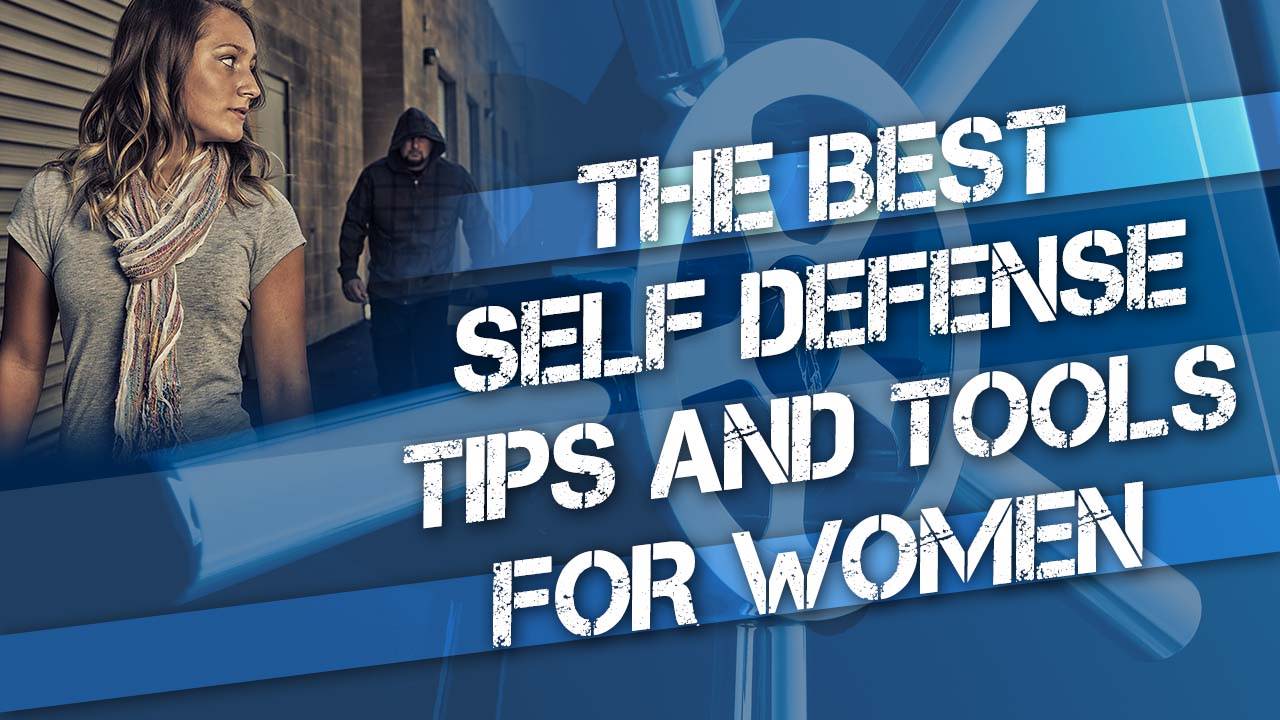
Gerber Ghostrike Series Punch knife, a T-handle fixed blade T hand-defense tool with rubberized overmold grip, is a skeletonized fixed-blade T-handle punch knife. The knife is handmade in Portland, Oregon. The knife costs $59.95 and comes standard with a 2-year warranty.
Gerber Gear Ghostrike series
Gerber Ghostrike series knife punch is excellent for self-defense. It has a 420HC-stainless steel drop point blade with a black finish and a T-handle with rubberized texture grip. It also includes a nylon sheath.

Ghostrike is easy to conceal for quick deployment. It's lightweight and easy to carry around the neck. It also has a rubberized over-mold grip. You can conceal it using a sheath system or paracords.
The Ghostrike knife also comes with a protective sheath made of glass-filled nylon. There are two loops on the sheath that allow you to place it in six different positions. This allows you hold the knife in either of your hands. The blade retention system locks the blade in place with an audible click. You can also release the knife by pulling on the handle.
Gerber Gear Ghostrike handle
Gerber Gear Ghostrike comes with a solid handle, a large and tough blade. This lightweight, low-profile knife also comes with a modular sheath and 420HC blade steel. The ceramic coating on the blade is combined with a rubberized diamond texture grip. Quick deployment is made easier by the easy-to-grip handle.

Ghostrike is a series that features fixed-blade knives in ultra-light construction. To reduce reflections, the blade is made of 420HC steel and has a black ceramic coating. The knife is 3.3 inches long and has a drop-point blade. Ghostrike knives are a great choice when concealing your knife.
FAQ
What are some self defense tips for women?
When practicing self-defense, you need to be able to react quickly. This means you must be ready for anything.
One of the best things you can do is to train with a friend. Having a partner will allow you to practice together and work on your technique.
Another tip is that you should practice with something heavier. You'll be more likely than your attacker to attack you if you have something heavy.
Can I carry a stun gun legally?
Yes. However, you will need a permit issued by your state.
You must complete an application form to apply for a permit and pay a fee.
After you have received your permit, keep it in plain sight (like your wallet).
If you lose your permit, then you will be required to go through the process again.
What are some self-defense techniques?
Self-defense techniques may include punches or kicks, elbows or knees, head butts and other strikes. They can also include grappling such judo jujitsu karate and taekwondo.
For protection against an attacker who would like to harm you, self-defense techniques are available.
They can be used to defend against an attacker.
However, there are many ways to perform self-defense techniques. Pick the one that works best for you.
How to stay safe if you aren't physically able to protect yourself?
If you are unable to defend yourself against an attacker, it is best to find someone who can.
You might need to ask someone for help. You may have to call the 911 emergency number. If you don't act, you may die.
Your local shelter for domestic violence can be reached as well. Many shelters offer safety planning classes for women to learn how to protect their own safety.
Are there any legal requirements for owning a stun gun?
You must prove that you are trained in order to purchase a stungun in certain states.
Some states require that stun guns be registered with the police.
You must notify law enforcement in other states if you move.
Is it unlawful to give a stungun to a child.
It depends on the age.
Under 18: No.
18 years and older:
You must make sure that minors understand the risks of having a stun gun.
They should also only use it under adult supervision.
Statistics
- Most likely, you'll get tapped out by 90% of the people in your first 3-5 months. (mmaclan.com)
- The Rape, Abuse & Incest National Network reports that 70 percent of sexual violence cases aren't committed by random strangers in a dark alley but by people we know: friends, family, partners, co-workers, etc. (healthline.com)
- Saying this, Self defense 101 would be the importance of situational awareness, which can never be replaced by the finest of martial arts, because it is this that would help you to avoid any likely attacks in the first place. (worldofselfdefense.com)
- Most likely, the person will want some kind of boxing match, so if you can out-box them, this would be 100% ideal for survival. (budodragon.com)
External Links
How To
Which type of self-defense should you learn?
Self-defense covers many options. There are many forms of self defense that you can learn. These are the most commonly used:
-
Boxing - Boxing is an excellent choice for self-defense because it trains you to fight with your hands. People think that only boxers can be female, but they can. Boxing can be learned by women through a variety of methods including private lessons, gyms and online courses.
-
Wrestling - Although many people believe it's not a legitimate sport, it is. It was once the nation's pastime. Private lessons, gyms and online classes are all available for women who want to learn how to wrestle.
-
Jujitsu: Jujitsu can be described as another martial art that teaches how to defend your self using your body weight. It's simple to learn and helps you improve your coordination and balance.
-
Kickboxing: Kickboxing uses kicks and not punches, like Muay Thai. It is a full-contact combat sport without rules, much like Muay Thai. It's an excellent choice for beginners, as it's simple to learn.
-
Tae Kwon Do - TKD is a Korean martial art that combines elements of karate, taekwondo, and jujitsu. It is a great way to learn about self defense without worrying about hurting your opponent.
-
Mixed Martial Arts - MMA combines many different martial arts. It combines Brazilian Jiu Jitsu, Judo, Boxing, Wrestling, and Sambo. It's one of the fastest growing sports today because it's so effective.
-
Karate - Karate refers to a Japanese martial style that focuses on kick techniques. It has been around for hundreds and years, and it has changed over the years. There are many types of karate today. Each style has its own unique moves, and training methods.
-
Knife Fighting- Knives can be used to defend yourself. To stab someone, you don’t have to approach them. It is enough to be able to use a knife defensively.
-
Pepper Spray – Pepper Spray is a useful non-lethal weapon. It can help you escape or stop an attacker from attacking. However, pepper spray is not recommended for attackers. They are more likely to be burned.
-
Firearms - The last line of defense against an attacker is to shoot them. This is commonly done by trained civilians and law enforcement officers.
-
Self-Defense Classes- This class teaches all the skills you need in one place. They often cover everything from grappling, to shooting.
-
Combative Sports – Another option is to participate in combative sports such as mixed martial arts fighting, kickboxing or amateur wrestling. These sports require practice and discipline, and they teach you how protect yourself.
-
Martial Arts Schools. If you're serious in learning how to defend your self, then go to school that teaches martial art. Some schools also offer weapons classes.
-
Online Courses – There are many resources that you can also access for free. 15) Books: Finally, some books can be very helpful. Alan Peppard's book, "The Complete Idiot's Guides to Self Protection", covers all of these topics.
-
Start with what you know. This will help you avoid making costly mistakes that could endanger you.
I'm thinking I might try self-defense. I've always wanted the ability to fight but wasn't interested in learning it. Now that I am older, it is time to take better care of me and stop relying on others.
I've decided that I will start slowly and see what happens. I was thinking of joining a local gym, to begin practicing weight lifting and such. I'm still considering whether I should get a gun.